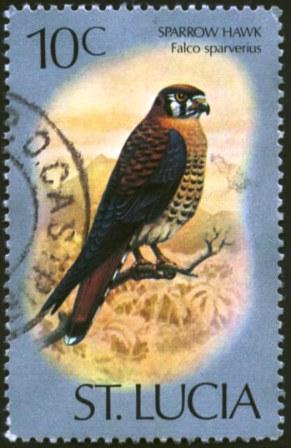Trying to research a bird that is disappearing is a nearly impossible task, if you ask Dave Mossop. The Yukon Research Centre biologist has been studying the American kestrel (Falco sparverius) – North America’s smallest falcon – since the 1980s. In those two decades, numbers of American kestrels in the Yukon have plummeted by 80 per cent. A bird that was once plentiful on telephone wires across the territory is rarely spotted these days. “It’s a real catastrophe and a wake-up call,” says Mossop, who became interested in the American kestrel by accident. He wanted to find out how larger birds like boreal owls and ducks were able to find nesting cavities in small Yukon trees. The kestrel also finds refuge in tree cavities, most often those left over from woodpeckers. While Mossop was tracking these cavities, he realized that the number with kestrels in them was dwindling. That was in the early ‘90s. Mossop started networking with other bird biologists around North America to see if they were noticing a similar trend. But in the ‘90s and the early part of 2000, only the Yukon was experiencing significant declines, he says. That changed in 2009 when a research conference was held to discuss the American kestrel. “It turned out the decline was being seen everywhere at that point and that led to people raising the alarm.”
Although shrinking kestrel populations are being noticed all across North America (in the last half-century there’s been an overall 50 per cent decline), the Yukon has seen the most drastic drop in kestrel numbers. Being at the northern limit of the birds’ breeding range has a lot to do with it, explains Mossop. “We’re in harm’s way for all kinds of changes and we see climate changes here more quickly than anywhere else in North America.” Birds that travel as far north as the Yukon are usually under more stress, he says. Mossop believes that pesticides used on farmers’ fields are to blame, although he cautions that scientists are still testing this theory. “The chemical industry never sleeps, creating new nasty things virtually every day,” he says. There’s a new pesticide in particular that he has his eye on that targets mice. In winter habitats, kestrels eat a lot of small mammals like mice, and any pesticides that the mice eat accumulate as you move up the food chain. “It just builds up inside the kestrels,” says Mossop. It’s exactly the type of poisoning in birds that Rachel Carson, who wrote the seminal book Silent Spring in 1962, predicted would happen. Mossop points out that pesticides have already wiped out significant populations of larger raptors, like ospreys and peregrines.
Source: BEAKINGOFF, 15 April 2013
http://beakingoff.wordpress.com/2013/04/15/yukon-news-article-on-declin…

- Login om te reageren
